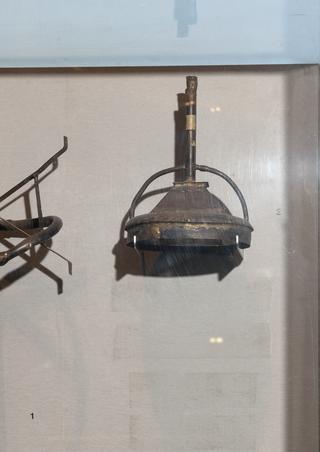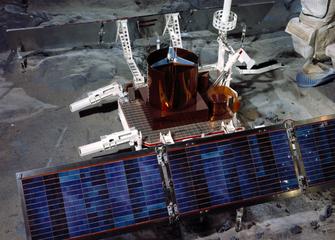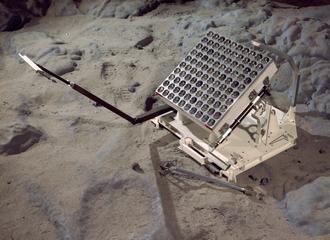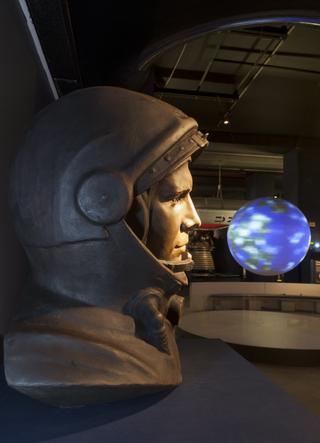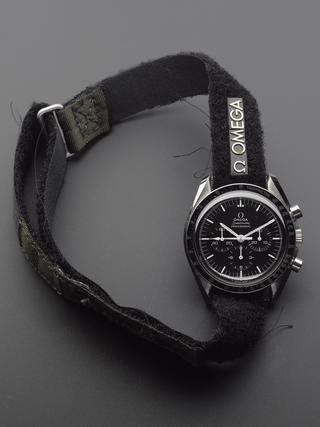
Fluxgate Magnetometer probe from Cassini mission (prototype)
- Made:
- circa 1995 in London
- maker:
- Imperial College London
Prototype Fluxgate Magnetometer probe as used on Cassini spacecraft.
In October 1997, NASA, ESA and the Italian Space Agency sent a robotic spacecraft named Cassini-Huygens into space to study Saturn and its moons. Cassini arrived at Saturn in 2004 and completed not only its four-year mission, but also two further mission extensions allowing the team to research the planet and its moons more in depth. The mission finished in 2017.
This prototype fluxgate magnetometer was used to develop the flight model which flew on the Cassini spacecraft. It was manufactured by Imperial College, who are leaders in the field of magnetometry. With the use of electromagnets, magnetometers measure the magnetic fields of planets including both strength and direction.
Cassini was significant for space research as it expanded an understanding of alternate worlds where life might exist. Some of Cassini’s best discoveries happened by chance due to the extension of the mission, prompting scientists to remodel their approach to research and space.
Cassini’s fluxgate magnetometer measured the magnetic field of Saturn, and the magnetometer team is still analysing data from the orbits close to Saturn. Readings from the magnetometer changed the way scientists understand Saturn’s magnetosphere. For instance, it was discovered that material from Saturn’s rings and moons release material which then interacts with and changes the magnetosphere. Though the mission ended years ago, this prototype was partly responsible for the dataset which continues to reveal the nature of Saturn’s magnetosphere long after Cassini’s journey ended.
Though the mission ended years ago, the vast amount of data returned by the instruments, including the magnetometer, continues to be studied by scientists today.
Details
- Category:
- Space Technology
- Object Number:
- L2007-4026
- Materials:
- aluminium (metal), copper (metal) and plastic (unidentified)
- type:
- spacecraft instrument
- credit:
- J. Heyman
